When it comes to the overall safety of your vehicle, your tires are critical (and not something you want to overlook!). If your tires are worn, they can lose traction, have reduced handling, and have less stopping power. Michigan roads can be hard on your tires – so be sure that you check your tires monthly for red flags (like signs of damage, uneven tire wear, etc).
There are two really easy ways to give your tires a quick monthly check for wear – the quarter test, and the wear bar test.
The Quarter Test
The Quarter Test helps you to determine your tire tread depth. Legally speaking, your tires need to have 2/32” of tread depth – which is where the old “penny test” comes in (when you put a penny in the groove with Lincoln’s head turned upside-down, you shouldn’t be able to see the top edge of Lincoln’s head). For best tire performance – especially in Michigan’s rainy weather – you want to use a quarter instead to check your tread depth. If you insert a quarter head-down in the shallowest tread groove you see, and you can’t see the top of Washington’s head, you have about 4/32” of tread on your vehicle – which is a safer tread for driving on wet, rainy roads. In the snow, a tread depth of at least 6/32” is safest.
The Wear Bar Test
This test is really easy – just look at your tires! In the grooves across the tire tread, there are narrow little band of rubber – these are the wear bars. These wear bars are part of every tire, and you will only be able to visibly see them when the tire tread has worn down to 2/32” of remaining tread. When you look at your tires, if you are able to visibly see the wear bars, get your tires replaced as soon as possible!
Tire Wear vs. Tire Damage
Tires are so important when it comes to your safety on the roads – driving with worn-out tires means that you are more likely to skid on wet roads, have less handling power, and potentially have more difficulty stopping. Since Michigan roads can be tough on your tires, you also need to be mindful of tire damage. Often, you will be able to have a damaged tire repaired (instead of replaced) if the puncture is small (a diameter of less than 1/4″), the damage is to the tread section of your tire (rather than the sidewall), and if the tire was not driven on while flat.
If you are experiencing any tire damage or tire wear, or if you’d like some help determining the safety and best operability of your tires, stop in at AA Muffler and Brakes in Brighton, Michigan. Our expert mechanics have the experience and knowledge to keep your vehicle operating safely on the roads, in optimum condition for whatever weather conditions Michigan is experiencing.

